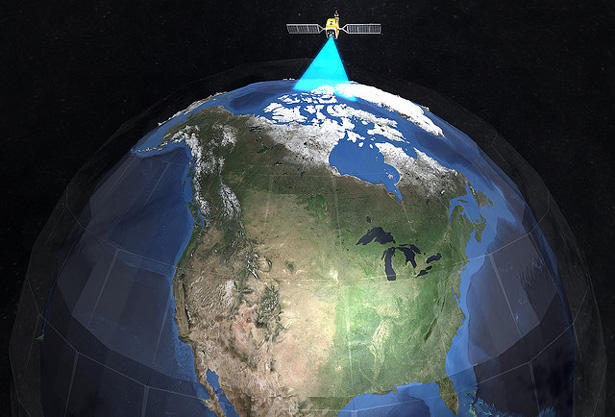-
Andrew Freedman, Climate Central
Sequestration May Degrade Weather, Climate Forecasting
February 28, 2013 By Wilson Center Staff
The original version of this article, by Andrew Freedman, appeared on Climate Central.
Across-the-board federal spending cuts that are scheduled to go into effect starting on March 1 are likely to cause further delays to weather and climate satellite programs, and may degrade the government’s ability to issue timely and accurate early warnings of extreme weather and climate events, according to federal officials and atmospheric scientists.
The cuts, also known as the “sequester,” will take effect unless Congress reaches a new spending deal by Friday. Sequester makes cuts in mandatory spending, such as on Medicare and Social Security, as well as discretionary spending that together add up to $1.2 trillion over nine years, beginning in 2013. Those cuts would chop 8.2 percent from the operating budgets of most federal agencies and would result in a $551 million cut to the Department of Commerce, which houses the National Oceanic and Atmospheric Administration (NOAA).
In a February 8 letter to the Senate Appropriations Committee, Deputy Commerce Secretary Rebecca M. Blank said the sequester would cause a two- to three-year delay in the production and deployment of the first two next-generation geostationary weather satellites, a program known as GOES-R. The first two GOES-R satellites are currently scheduled to launch in 2015 and 2017.
Any delays in GOES-R would put that satellite program on the same shaky ground as NOAA’s troubled polar-orbiting satellite program, which has run billions of dollars over budget and is years behind schedule.
Continue reading on Climate Central.
Sources: U.S. Senate Appropriations Committee.
Image Credit: “NOAA Virtual Satellite Demonstration,” courtesy of flickr user HacksHaven.
 A Publication of the Stimson Center.
A Publication of the Stimson Center.



